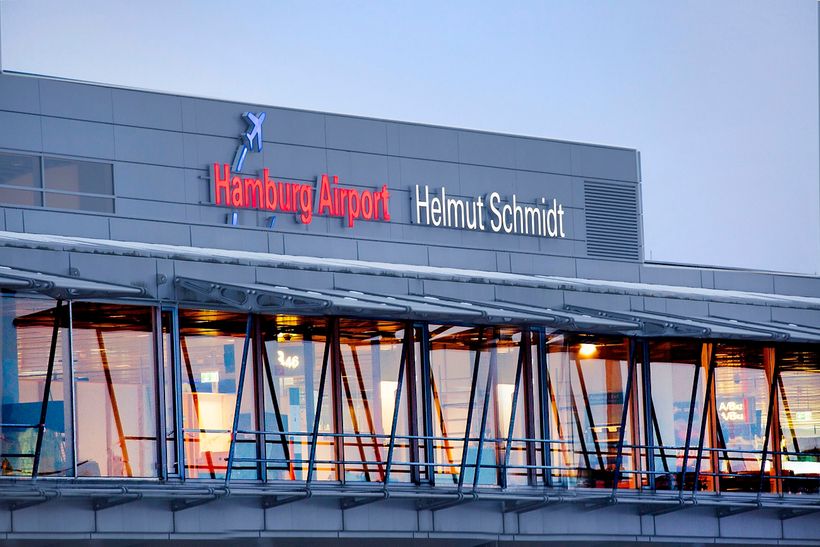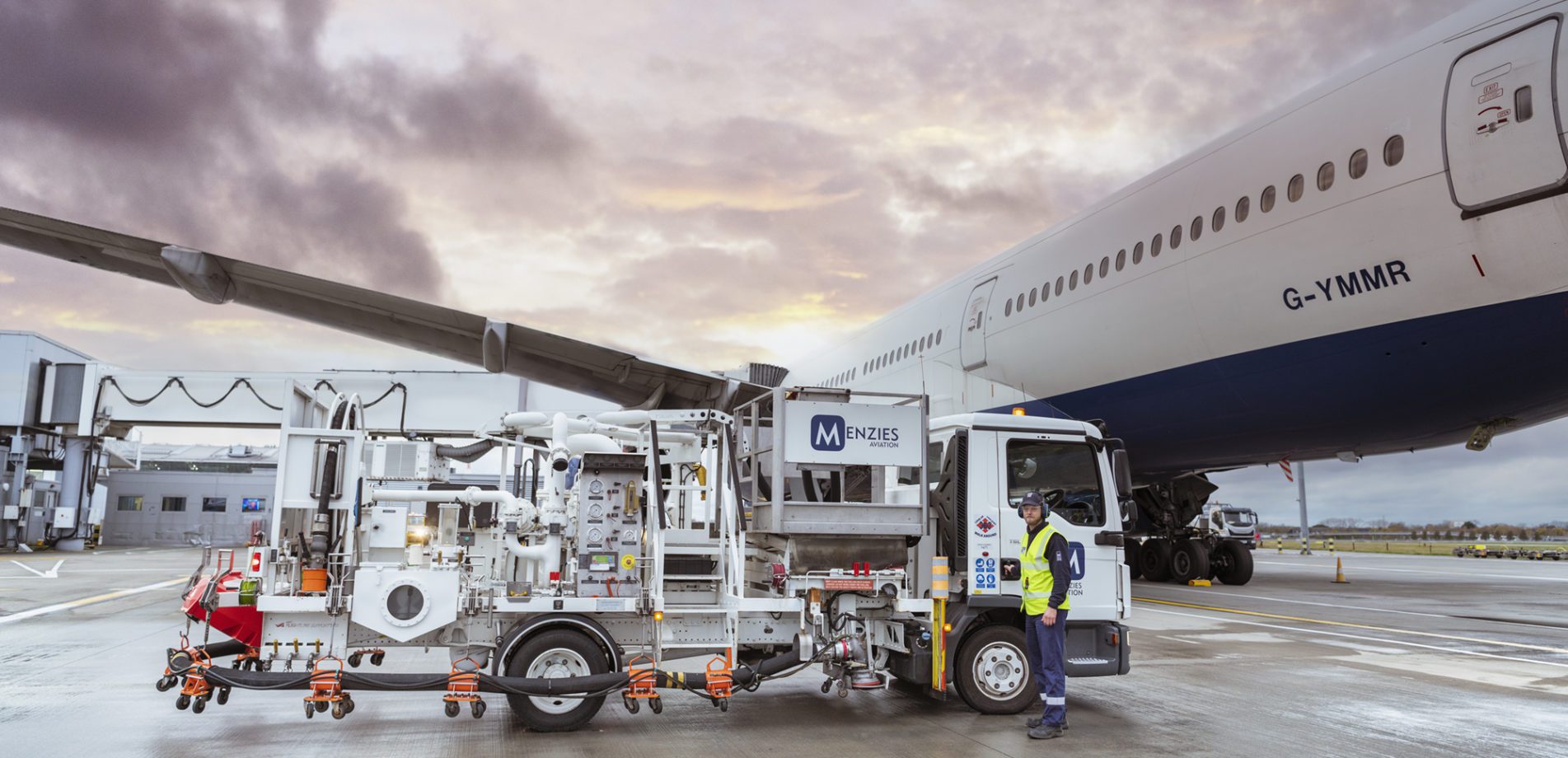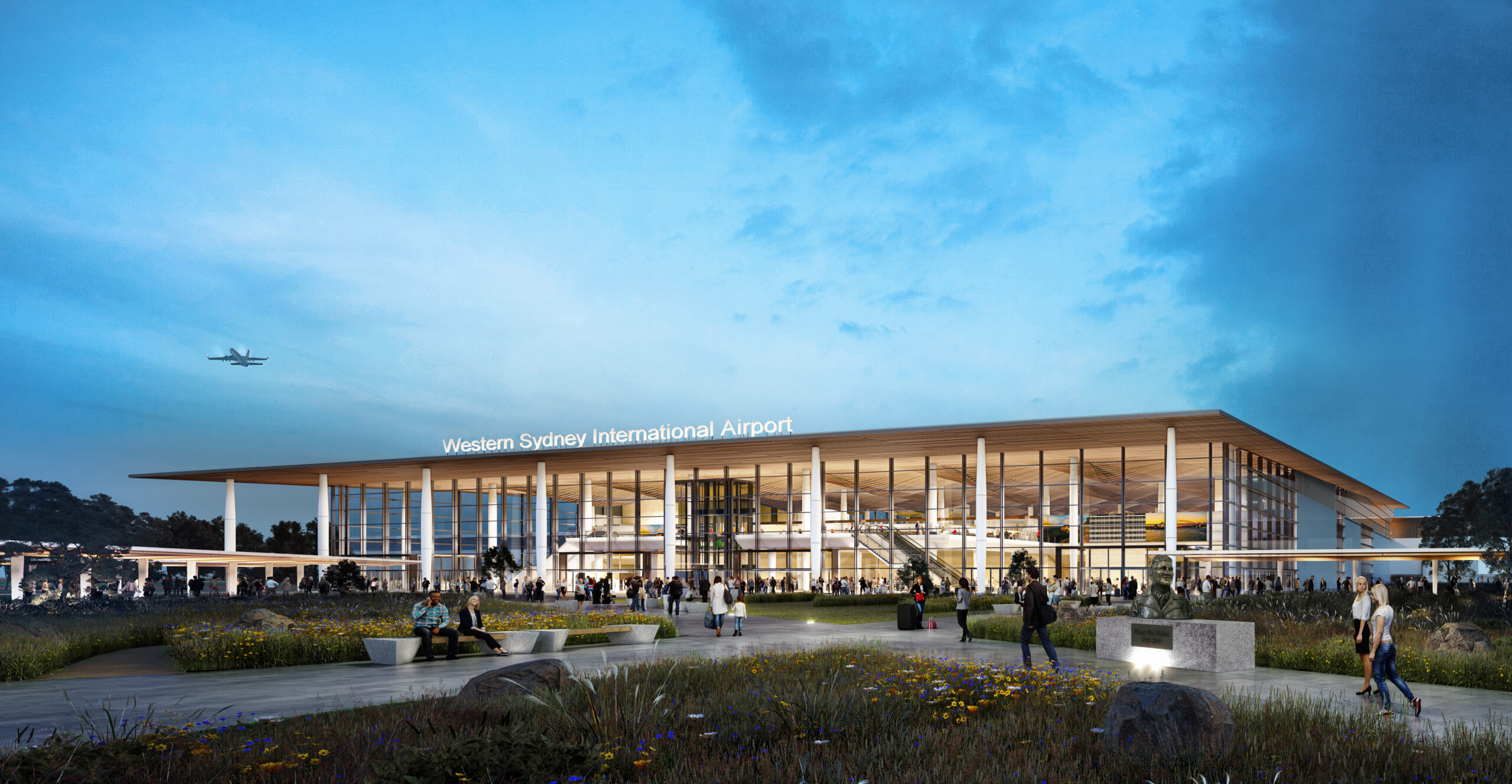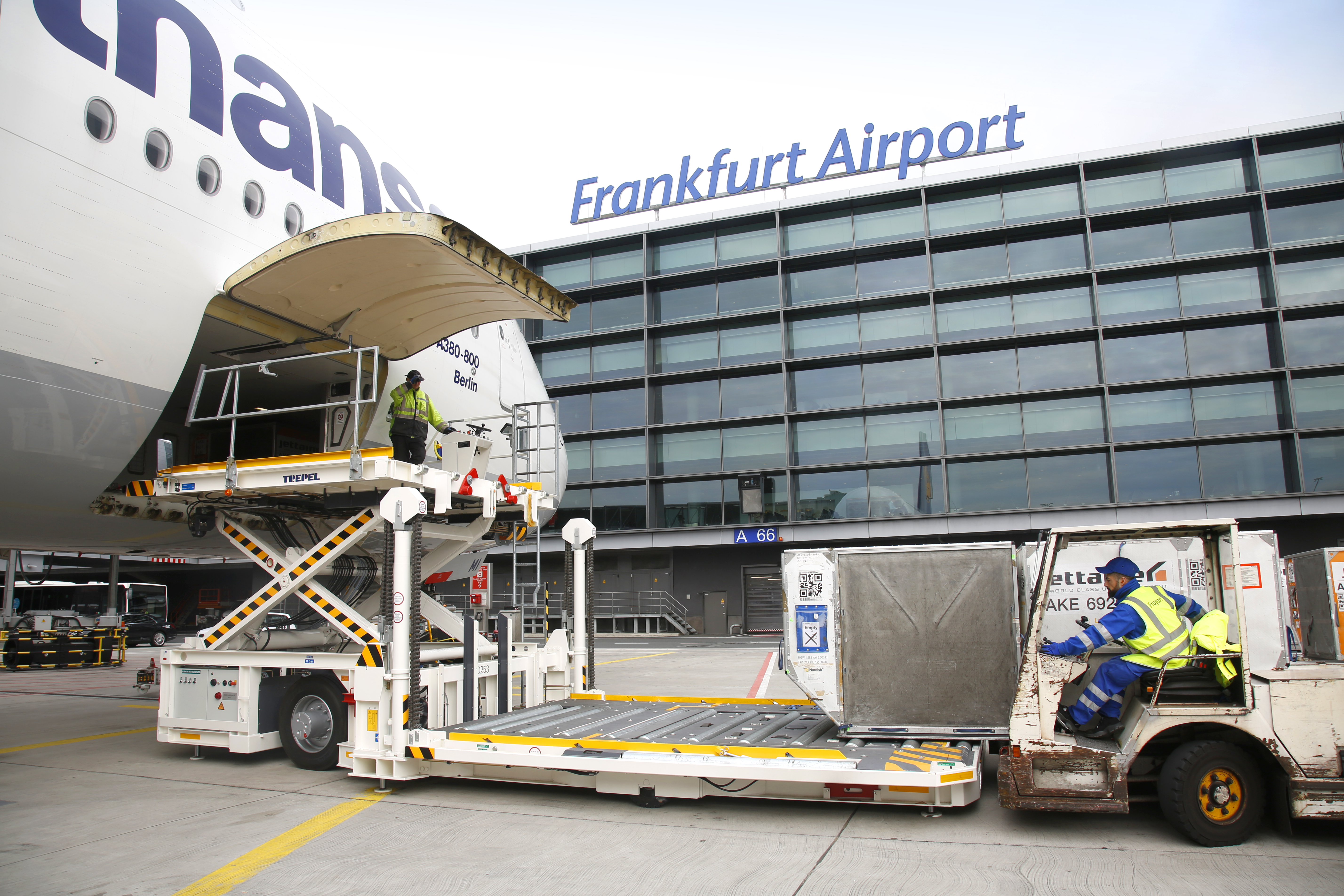Harnessing the Potential of Data Management for Digital Twins: Transforming Airport Operations
Book your complimentary strategic workshop for a tailored digital twin roadmap.

Airports have always been at the forefront of technological innovation, and they are once again poised for an unprecedented transformation. This remarkable change is being driven by a revolutionary approach to data management combined with cutting-edge technology. This combination enables the application in practice of digital twins, a game-changing concept that has the potential to revolutionize resilient and sustainable airport operations.
The Challenges Facing Airports
Airports around the world are grappling with a myriad of challenges. From the urgent need to decarbonize air travel to meet global emissions reduction targets, to managing changing passenger levels and expectations, as well as the task of recruiting and retaining the right personnel in a post-pandemic world, the demands are immense. Airports need a robust approach to managing all the information required to make the airport as effective as it can be, and the experience for the passengers as pleasant and seamless as possible.
The Solution: Digital Twins
Digitalization of information is fundamental to most industries, but particularly airports. It is critical to ensure that the information flows consistently from design to decommissioning with the minimum effort. Digital twins are digital representations of physical assets, ranging from individual elements to entire airport complexes. If fed by the right data, much of which already exists within the complex airport ecosystem, they can enable optimization of costs, enhance passenger experiences, and streamline operations. What sets digital twins apart is their ability to monitor the changing physical environment digitally and model the simulation of future operational scenarios.
The Role of Data Management
Data management naturally plays a pivotal role in the success of airport digital twin implementations. Airports generate vast amounts of data every day, from flight schedules and passenger information to asset maintenance records and security protocols. Effective data management is at the core of harnessing this wealth of information and transforming it into actionable insights.
Digital twins process and visualize real-time data feeds from various sources within the airport, including asset sensors, surveillance cameras, and passenger check-in systems. This data is then processed and analyzed, creating a digitalized representation of the airport. Every aspect of airport operations can be monitored, analysed, simulated and managed, from baggage handling to security screening, in real-time.
Benefits of Data-Driven Digital Twins
The ability to connect the physical and digital airport environments through digital twins offers numerous advantages. For instance:
- Cost Optimization: By analyzing passenger flow, baggage handling, and aircraft movements, airports can identify bottlenecks which improve the customer experience but also optimize maintenance strategies and baggage handling productivity.
- Enhanced Passenger Experiences: Real-time data can be used to improve passenger experiences by providing accurate information about flight status, and associated wayfinding guidance for gate changes, and baggage reclaim. This results in smoother and more satisfying journeys for travelers.
- Streamlined Operational Efficiency: Digital twins enable airports to simulate various operational scenarios, helping to proactively address issues such as runway maintenance, security breaches, or extreme weather events.
- Predictive Maintenance: Airlines and airport operators can use data-driven insights to predict equipment performance impacts and take action to avoid any disruption to operations and the customer experience.
- Connect Operations to Customer Experience: digitalize the airport campus, including airside and landside, and bring together the power of the digital twin with work and asset management to create a one-stop approach to managing safety, airport regulations and asset performance to provide the highest level of service to the passengers, and achieve the greatest level of satisfaction and growth.
Embrace the Digital Revolution with Cohesive’s Expertise
Cohesive is steadfastly committed to empowering built-asset organizations to embrace the digital revolution. Their team of data and digital experts understands the unique demands of the aviation sector, crafting bespoke, outcome-driven digital strategies. By gaining a deep understanding of your business requirements, digital maturity, and specific ways of working, Cohesive empowers you to navigate the intricate digital landscape, unlocking new avenues for sustainable growth.
Leveraging our significant industry expertise, Cohesive provides a clear roadmap for your entire asset management and digital twin journey. From grasping nuanced concepts to delineating their applications in your context, Cohesive’s digital advisory services ensure a seamless transition into the realm of digital twins.
Unlocking Value Through a Comprehensive Workshop
Allow Cohesive to assist you in exploring the value of data and digital twinning within your business by formulating a strategic roadmap through a comprehensive workshop conducted by our advisory team.
In this strategic workshop, we will:
- Define your company’s key objectives and value drivers across a series of future horizons
- Explore how digitalization can help relieve the challenges and pain points across your entire asset lifecycle journey
- Identify and prioritize immediate opportunities for optimization and improvement
- Develop a customized roadmap for your digital twin journey
This article was originally published by Cohesive.







